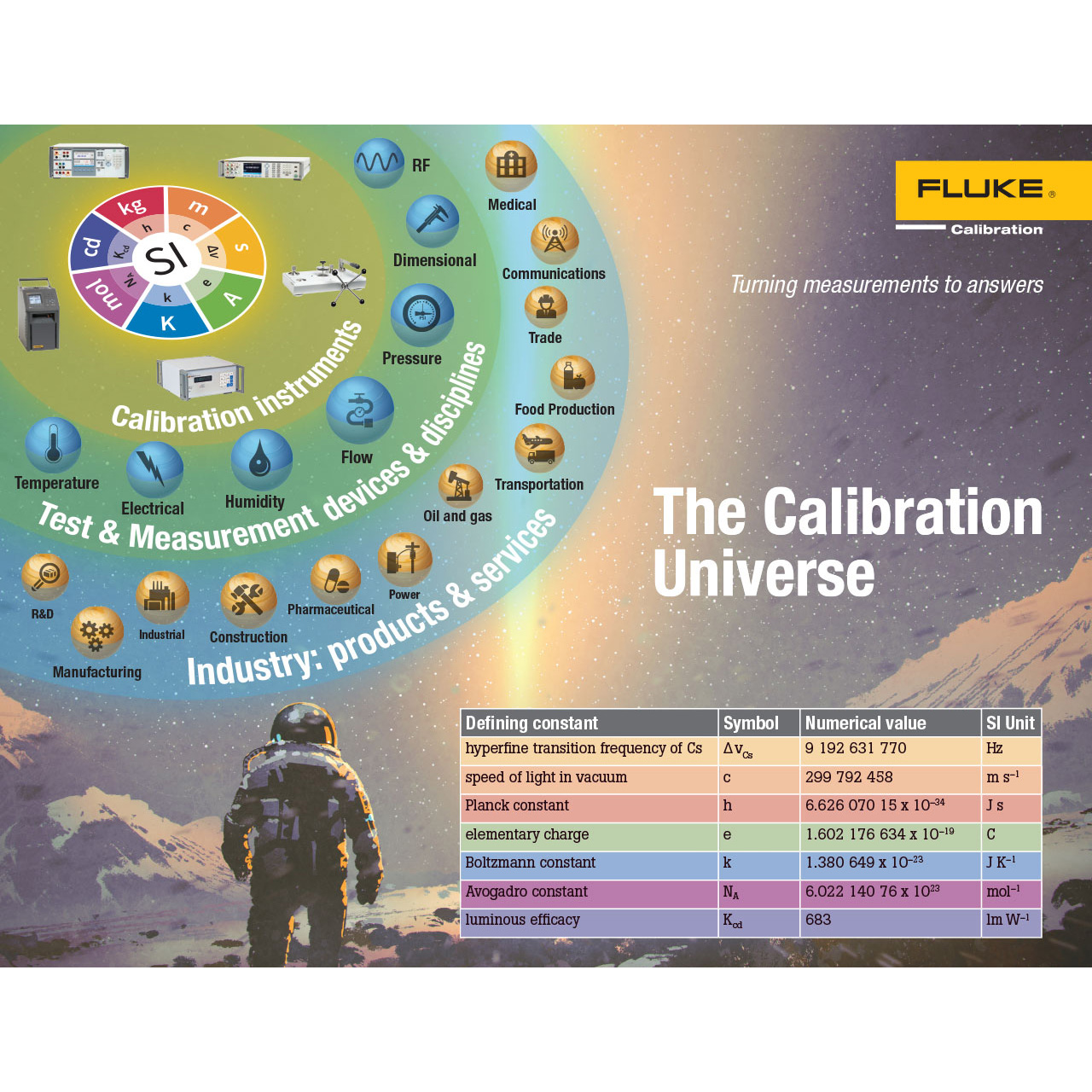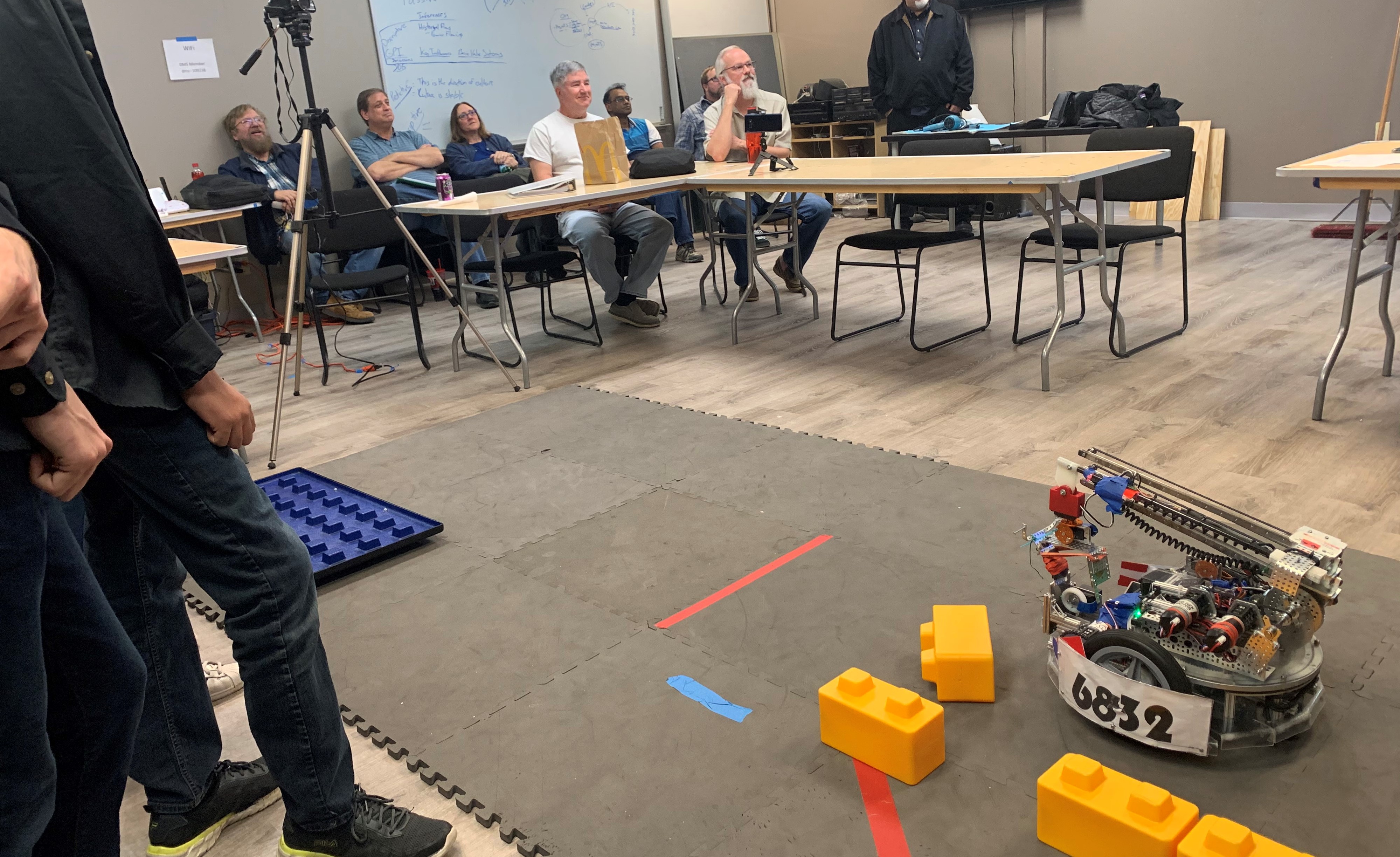


If the manufacturer's literature doesn't provide accuracy or instrument uncertainty information, have the company send it to you. Once again, beware of dramatic product claims that only provide a resolution or repeatability statement. It is also referred to as the smallest positional increment that can be seen. Resolution refers to the number of trailing digits available on the display. Without an instrument uncertainty or accuracy statement, a repeatability statement alone provides no useful benefit. Although this is an important specification to consider, it should not be assumed that a highly repeatable system would also be accurate. A manufacturer's repeatability study is usually conducted when all other factors that would affect the result, such as the master and operator, are not changed. In the case of a measuring instrument, repeatability is a measuring device's inherent ability to consistently repeat its readings. Clearly, an instrument uncertainty statement contains more extensive mathematical calculations that better qualifies the instruments' measuring capability.

This uncertainty is then used in conjunction with outside uncertainties, such as the environment or masters to establish an overall measuring uncertainty. It includes the sensor's absolute accuracy, repeatability and resolution, as well as any variability introduced by the equipment's mechanics. On the other hand, an instrument uncertainty statement incorporates the use of statistical analysis to convey the probable error in a measurement. For example, a measuring device with 0.0005 inch (0.0127 mm) accuracy will provide readings that may be 0.0005 inch (0.0127 mm) in error. Simply put, accuracy is the difference between a true value and a measured one. It's important to remember that instrument uncertainty and accuracy are not the same. This article examines high-end gaging products.īegin by considering instrument uncertainty, repeatability and resolution. While stated accuracy or uncertainty, are always major considerations in any such purchase, many other factors must be considered to get the best equipment for specific needs. In order to help meet these goals, organizations should replace older calibration equipment with newer, more efficient models. The need to improve corporate bottom lines, measure tighter tolerances and comply with standards such as ISO 9000, QS-9000 and Z540-1 forces quality managers to continuously improve efficiencies.

Calibration Equipment: Justifying Your Purchase Decision Abstract


 0 kommentar(er)
0 kommentar(er)
